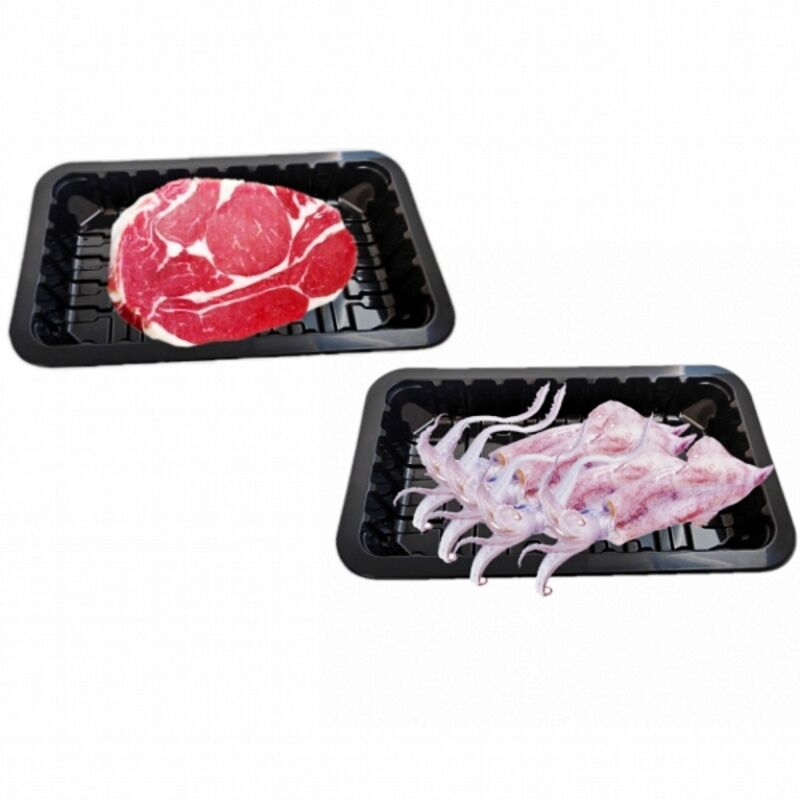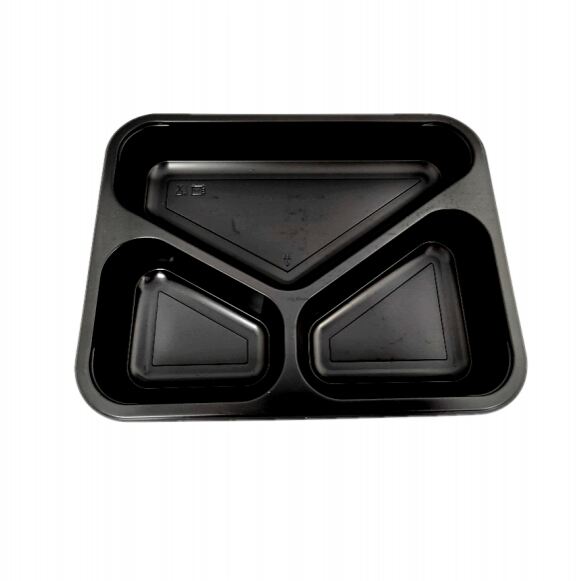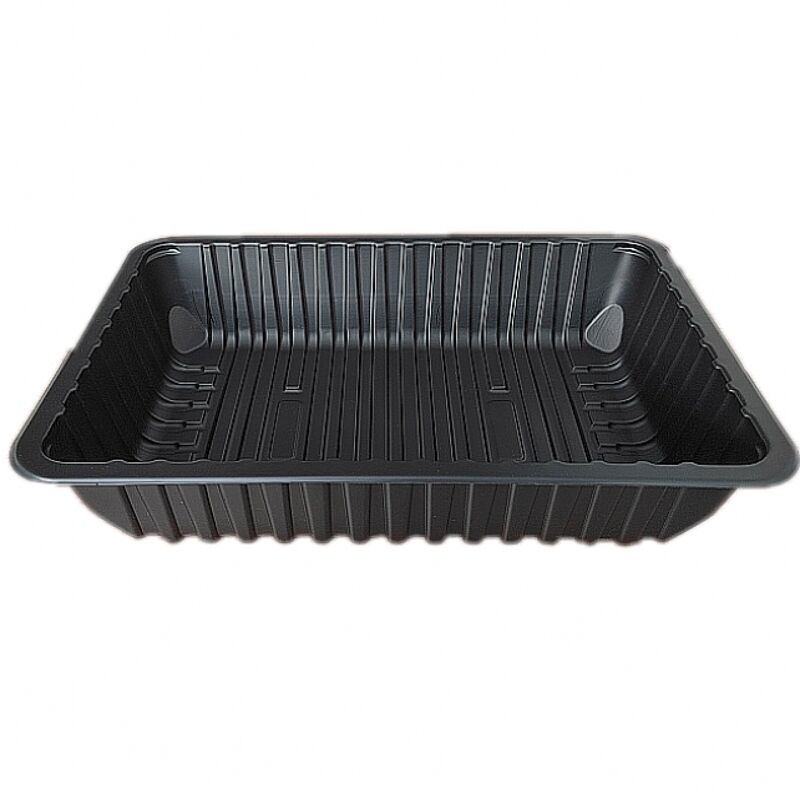ราคาถาดใส่เนื้อพลาสติก
การกำหนดราคาถาดพลาสติกสำหรับบรรจุเนื้อเป็นปัจจัยสำคัญที่ธุรกิจในอุตสาหกรรมบรรจุภัณฑ์อาหารต้องพิจารณา วิธีการบรรจุภัณฑ์เหล่านี้มีให้เลือกหลายขนาด วัสดุ และข้อกำหนด โดยปกติแล้วราคามักอยู่ระหว่าง $0.05 ถึง $0.30 ต่อหน่วย ขึ้นอยู่กับปริมาณและคุณภาพ ถาดเหล่านี้ผลิตจากวัสดุที่ใช้สำหรับอาหารได้อย่างปลอดภัย โดยส่วนใหญ่จะเป็นโพลีโพรพิลีน (PP) หรือโพลีเอสเตอร์ (PET) เพื่อให้มั่นใจว่าอาหารสามารถสัมผัสได้อย่างปลอดภัยและคงความสดใหม่ได้นานที่สุด ถาดพลาสติกสำหรับบรรจุเนื้อแบบใหม่มีฟังก์ชันที่ล้ำสมัย เช่น การควบคุมความชื้น ความสามารถในการซ้อนกันได้ดีขึ้น และความทนทานที่เพิ่มขึ้น เพื่อรักษาความสดของผลิตภัณฑ์และช่วยให้เก็บรักษาได้อย่างมีประสิทธิภาพ โครงสร้างราคาโดยทั่วไปจะสะท้อนถึงปัจจัยต่างๆ เช่น คุณภาพของวัสดุ ปริมาณการผลิต ความซับซ้อนของการออกแบบ และฟังก์ชันเสริม เช่น แผ่นซับน้ำหรือความเข้ากันได้ของระบบบรรจุภัณฑ์บรรยากาศเฉพาะ ผู้ผลิตมักเสนอส่วนลดสำหรับการซื้อจำนวนมาก โดยราคาจะลดลงอย่างมากเมื่อสั่งซื้อเกิน 10,000 หน่วย ถาดเหล่านี้ออกแบบมาเพื่อให้ตรงตามมาตรฐานความปลอดภัยทางอาหารระดับนานาชาติ ในขณะที่ยังมอบโซลูชันที่คุ้มค่าสำหรับความต้องการในการบรรจุเนื้อ ราคาจะคำนึงถึงความหลากหลายในการรองรับประเภทต่างๆ ของเนื้อ ขนาดส่วน และข้อกำหนดการแสดงสินค้าในร้านค้าปลีก ทำให้ถาดเหล่านี้เป็นการลงทุนที่มีคุณค่าสำหรับคนขายเนื้อ ซูเปอร์มาร์เก็ต และโรงงานแปรรูปอาหาร


